Animal Life news stories
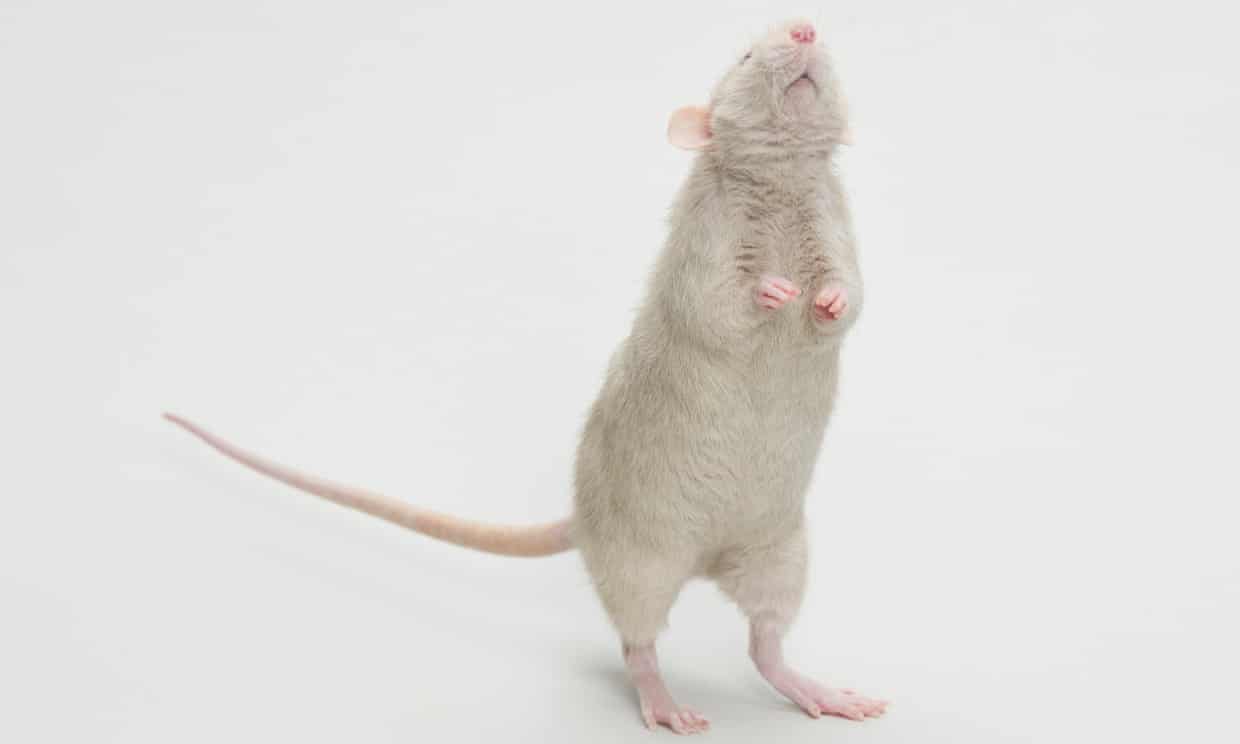
Study finds rats instinctively move in time to music – an ability previously thought to be uniquely human.
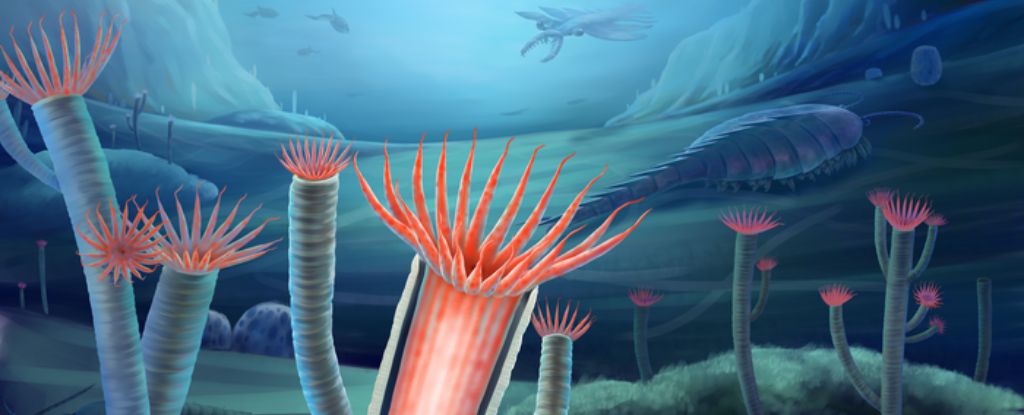
Before life on Earth exploded in diversity some 540 million years ago, the first primitive animal skeletons were already starting to form.

A team of researchers led by the Max Planck Institute for Psycholinguistics has tested the rhythmic abilities of harbor seals, a species of animals known to be capable of rhythmic learning. The analyses revealed that seals also have a sense of rhythm, being able to discriminate between rhythmic and non-rhythmic sequences early in life without any training or rewards.

There are few animals as frightening and as fascinating as the snake. So why exactly have we obsessed over them for 70,000 years?
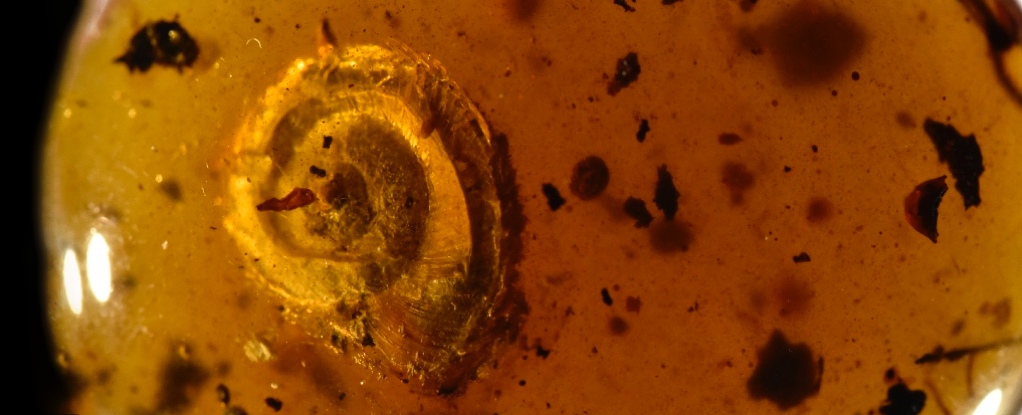
A snail preserved in amber with an intact fringe of tiny delicate bristles along its shell is helping biologists better understand why one of the world’s slimiest animals might evolve such a groovin’ hairstyle.
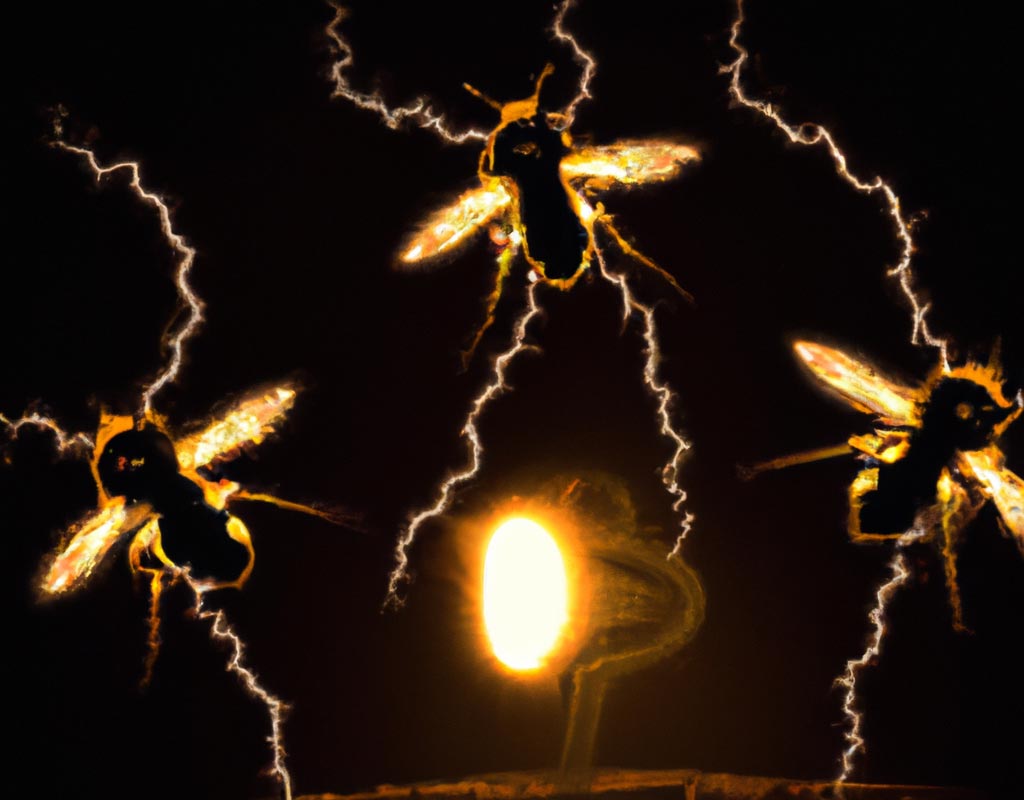
Researchers measured the electrical fields near swarming honeybees and discovered that insects can produce as much atmospheric electric charge as a thunderstorm cloud.

It is no surprise that a 14km-wide asteroid slamming into the Gulf of Mexico would generate one hell of a tsunami, but this is the first time anyone has worked out how big and how far-reaching it would have been.

The idea is simple but ambitious: protect the ocean by giving it the same kind of rights a person might have. No such legal mechanism is currently in place, but support for this concept is growing as experts increasingly recognize that the ocean is in dire need of defense.
Oxygen levels in the Earth’s atmosphere are likely to have “fluctuated wildly” one billion years ago, creating conditions that could have accelerated the development of early animal life, according to new research.
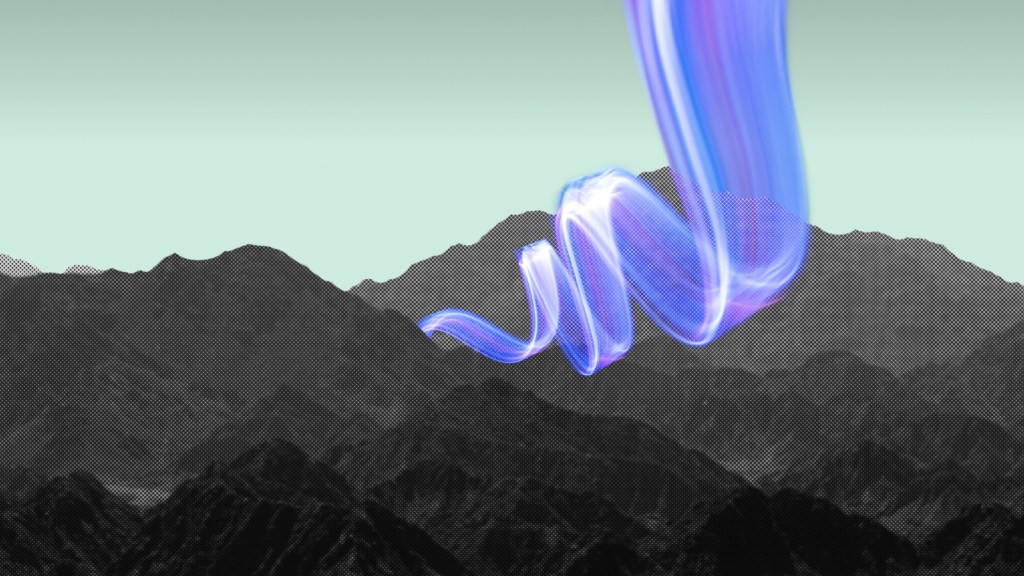
Humans are creatures of paradox. Sometimes we overflow with compassion and empathy, while at other times, we are violent and cruel. We preserve nature by creating natural parks and wilderness areas, then ravage the same natural resources without any thought of how to sustain them.
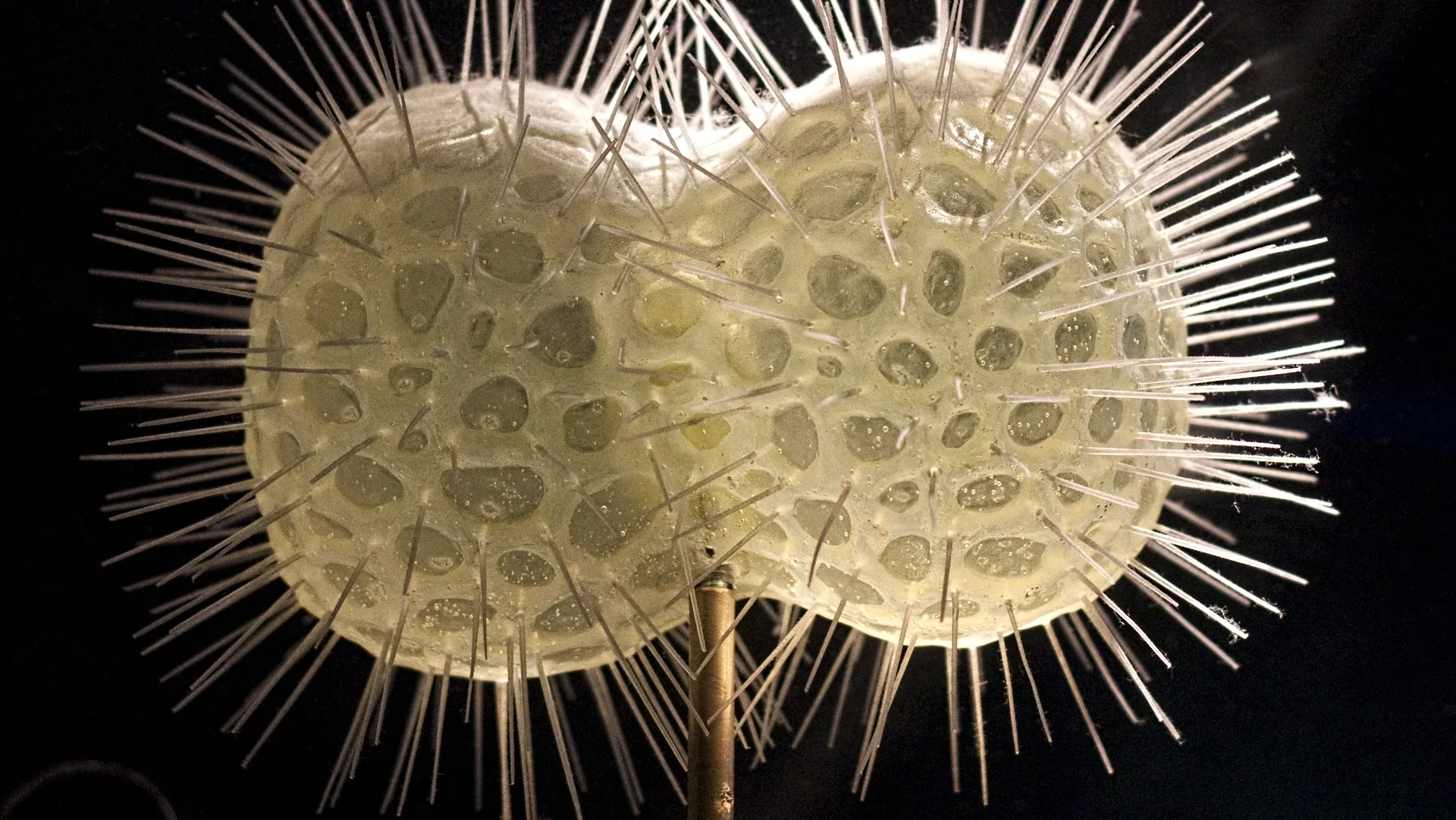
At the end of the Permian period 252 million years ago, Earth was devastated by a mass extinction that exterminated more than 90% of species on the planet. Compared with other mass extinctions, recovery from the “Great Dying” was slow: It took at least 10 million years for the planet to be repopulated and restore its diversity.
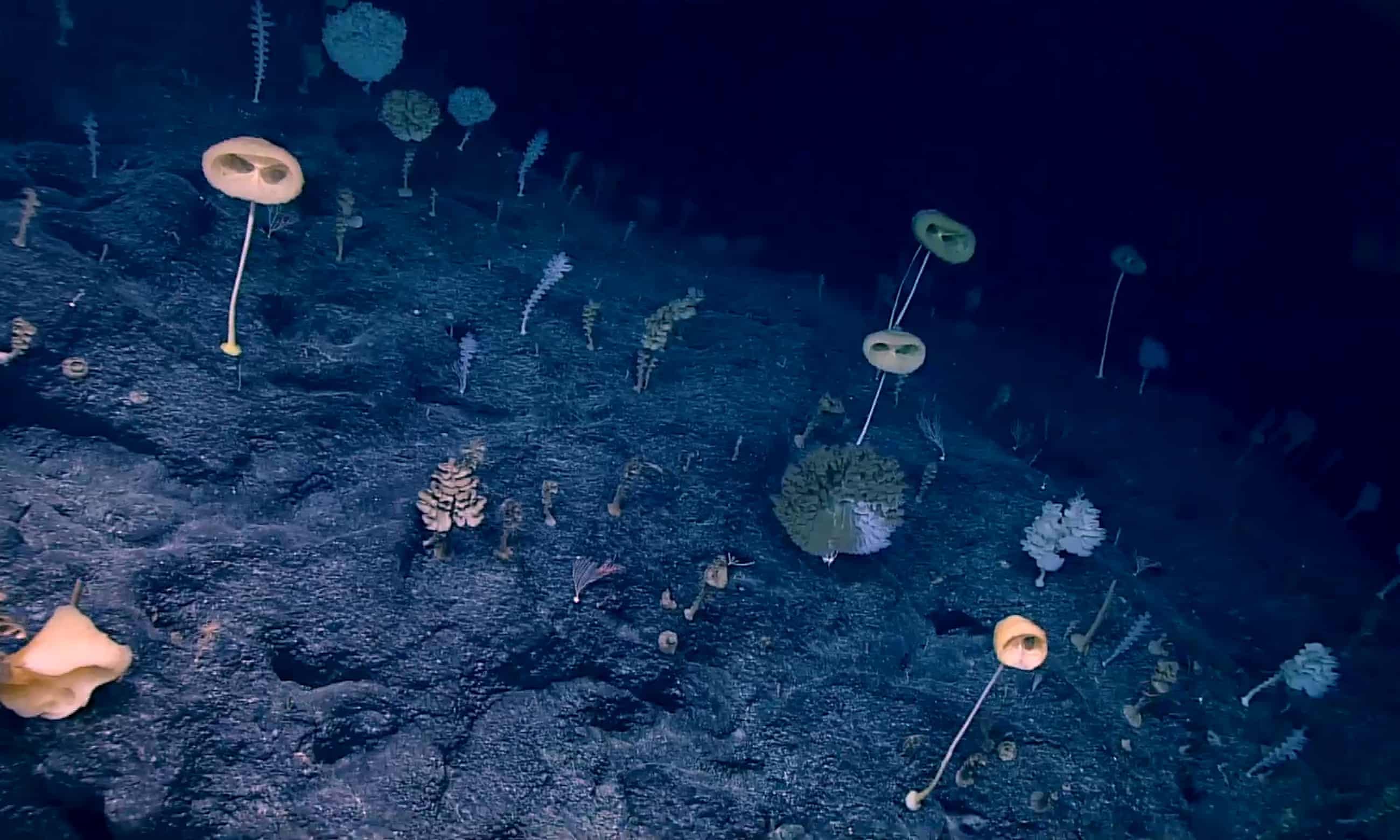
More than a mile beneath the Pacific Ocean, is a seascape of oddly shaped corals and a glass sponge named after ET.

After more than a century of debate, researchers have settled the mystery of a tiny, enigmatic reptile that left an impression on Scottish sandstone nearly a quarter of a billion years ago.
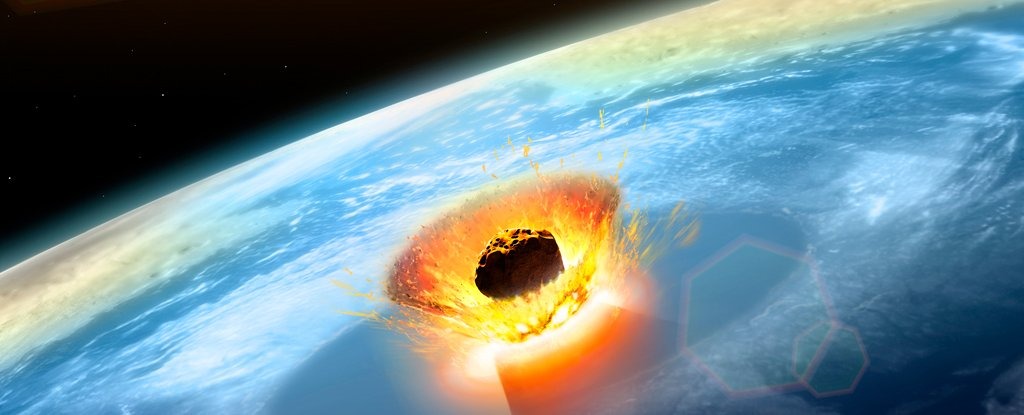
The dinosaur-killing asteroid that slammed into Earth 66 million years ago also triggered a jumbo-size tsunami with mile-high waves in the Gulf of Mexico whose waters traveled halfway around the world, a new study finds.
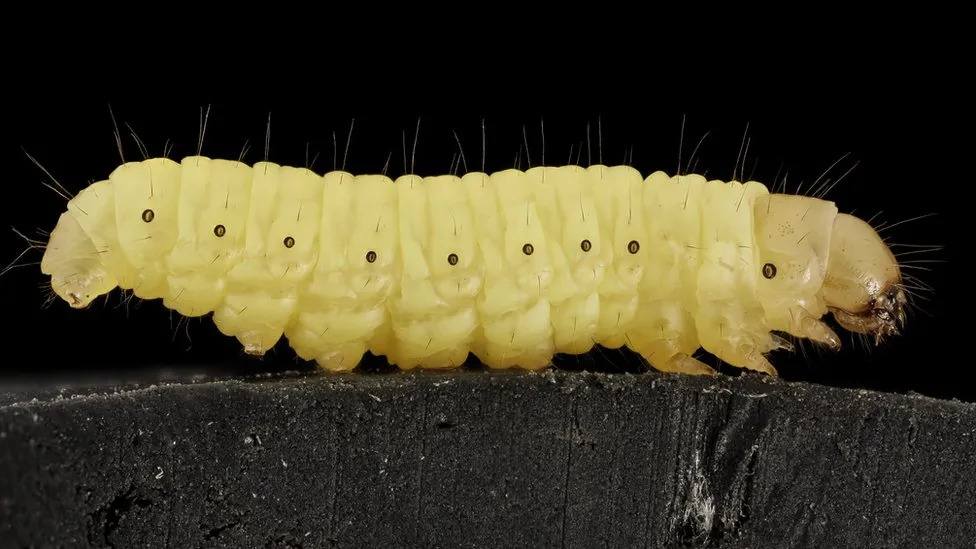
One of the worst forms of plastic pollution may have met its match in the saliva of a humble worm. Spanish researchers say they’ve discovered chemicals in the wax worm’s drool that break down polyethylene, a tough and durable material.

Narwhals are enigmatic marine mammals, fascinating us with their unique appearance and secretive lifestyles under the Arctic sea ice.








